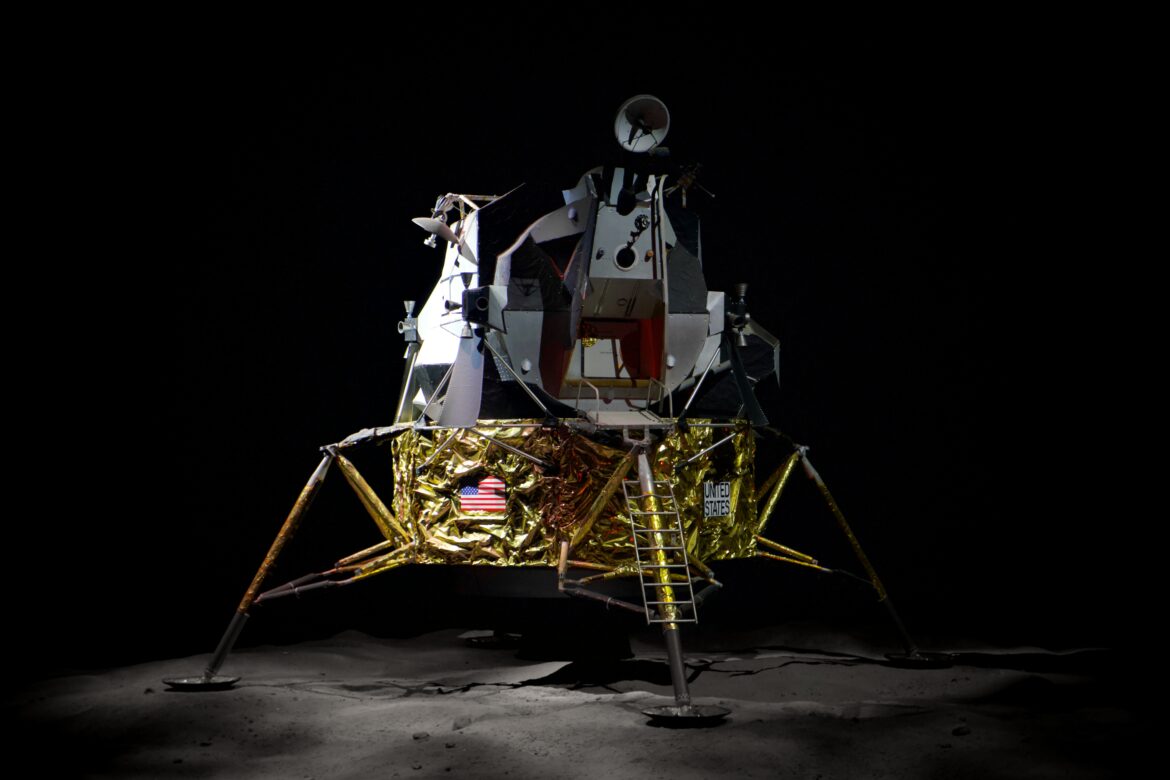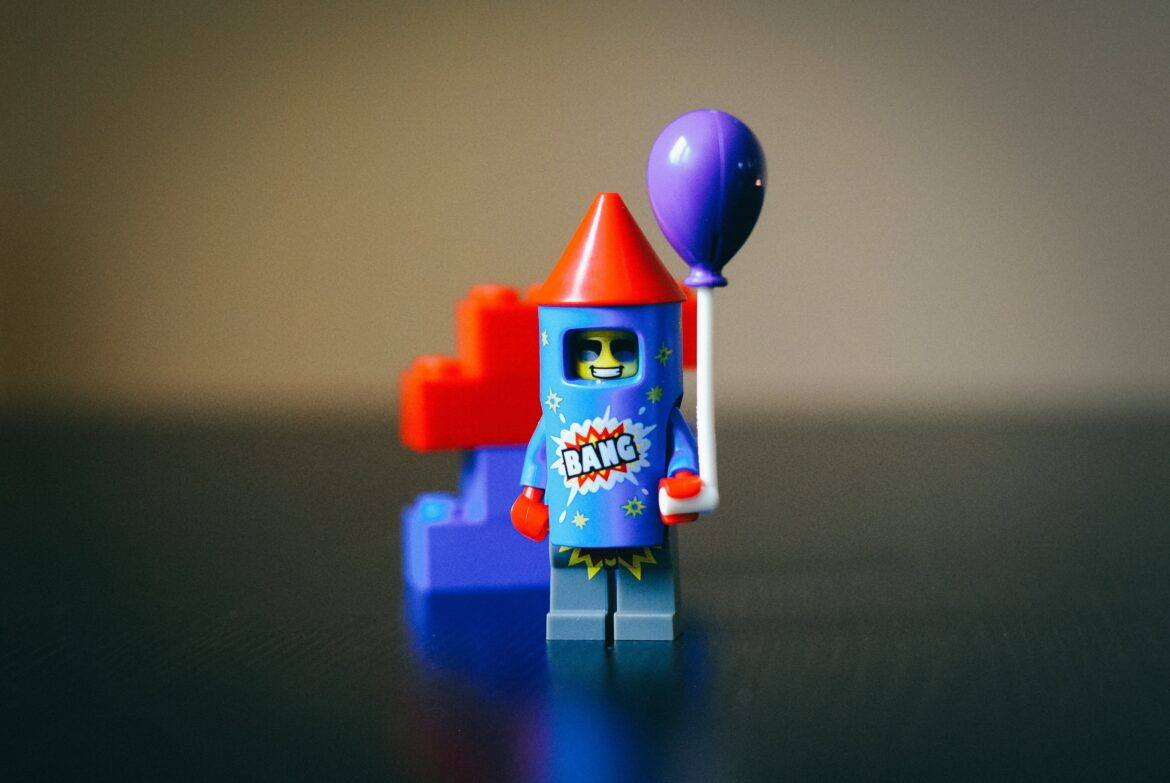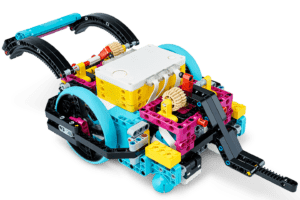July 20th marks the 51st anniversary of the Apollo 11 Moon landing, the first human exploration of Earth’s Moon. On the occasion of Neil Armstrong’s first steps on the Moon, we look back on the extraordinary achievement, and the digital resources you can use to teach and learn about this otherworldly accomplishment.
Editor’s note: Random-Access Memories is a new periodic series highlighting the ways in which major historical events have influenced ed tech. Got an idea for a future edition of R-AM? Drop us a line.
On a vast, ashy plain near the Moon’s equator, northwest of a looming crater called Theophilus, sits a strange object, alien to the lunar environment. Contrasted with the dull, finely powdered rock around it, its metallic shape must stand out.
It is the plaque left 51 years ago by the crew of Apollo 11, the first manned space mission to land on the Moon.
The nine-by-seven stainless steel sheet carries the inscription: “Here men from the planet Earth first set foot upon the moon. July 1969 A.D. We came in peace for all mankind.”
The Giant Leap
The Apollo landing intangibly shaped the world simply by way of its massive historical and scientific achievements. Our understanding of science and of our solar system was forever altered by the addition of new information and new sources of information.
Humanity was forever changed, too, beginning a new chapter in the history books. The technologies developed and policies set during the space race would also permanently alter the trajectory of education in the U.S., beyond its broader impact on tech and culture.
Landing humans on the Moon and bringing them back safely was a formidable technological challenge. And the time within which that was accomplished was incredibly short. The first human spaceflight was in 1961. Kennedy’s speech announcing that we would go to the Moon before the end of the decade was in 1961. Within only eight years we not only figured out how to send humans to the Moon and get them back, but we actually did it. That was the first time in human history that a person set foot on another planetary body. It’s something that will never happen again.
Sean Solomon, interviewed by Nicole DeRoberts, “How Landing on the Moon Changed Our World” State of the Planet
The impact on science is clear. The six lunar landings eventually netted an amazing bounty of “842 pounds of rocks, core samples, and dust, and set up science experiments that are still paying dividends,” according to the Christian Science Monitor. Further, it changed American society, and America’s role in the world for years to come.
And while the space race had catapulted a multitude of educational initiatives, most notably those backed by the National Science Foundation, the skyrocketing of education began to wane after Apollo 11 “ended” the space race.
While the [National Science F]oundation has reclaimed a role in the precollegiate curriculum in the past 15 years, its involvement has never again reached the level it did during the heyday of the space race.
David J. Ross, “The Race to Space Rocketed NSF Into Classrooms” Education Week
Still, the impact of those technological and scientific advancements can be felt today, especially in education, as STEM/STEAM education has taken a central place in many schools.
Out-of-This-World Resources:
Do you want to share this occasion with your students? Check out these online resources to understand and appreciate this historic date.
- NASA’s Jet Propulsion Lab shares an in-depth history of the Apollo program, along with a massive trove of lessons for teachers and projects for students.
- The space agency also shares Exploring the Moon, an extensive educator guide for K-12 teachers.
- Check out this collection of resources from the NEA.
Bonus: Teaching the Space Race
- Mobilizing Minds: Teaching Math and Science in the Age of Sputnik, an exhibit of the National Museum of American History
- Space Race Teaching Activities from the National Archives
- Space Race primary sources and teaching guide from the Digital Public Library of America
- Space Race: Project Mercury on DOCSTeach, also from the National Archives
- Race to the Moon! elementary-level lesson guide from the John F. Kennedy Presidential Library and Museum
- The Launch of Sputnik video resources from C-SPAN
Photo by Brian McGowan on Unsplash



 It’s not just new partnerships and kits.
It’s not just new partnerships and kits.